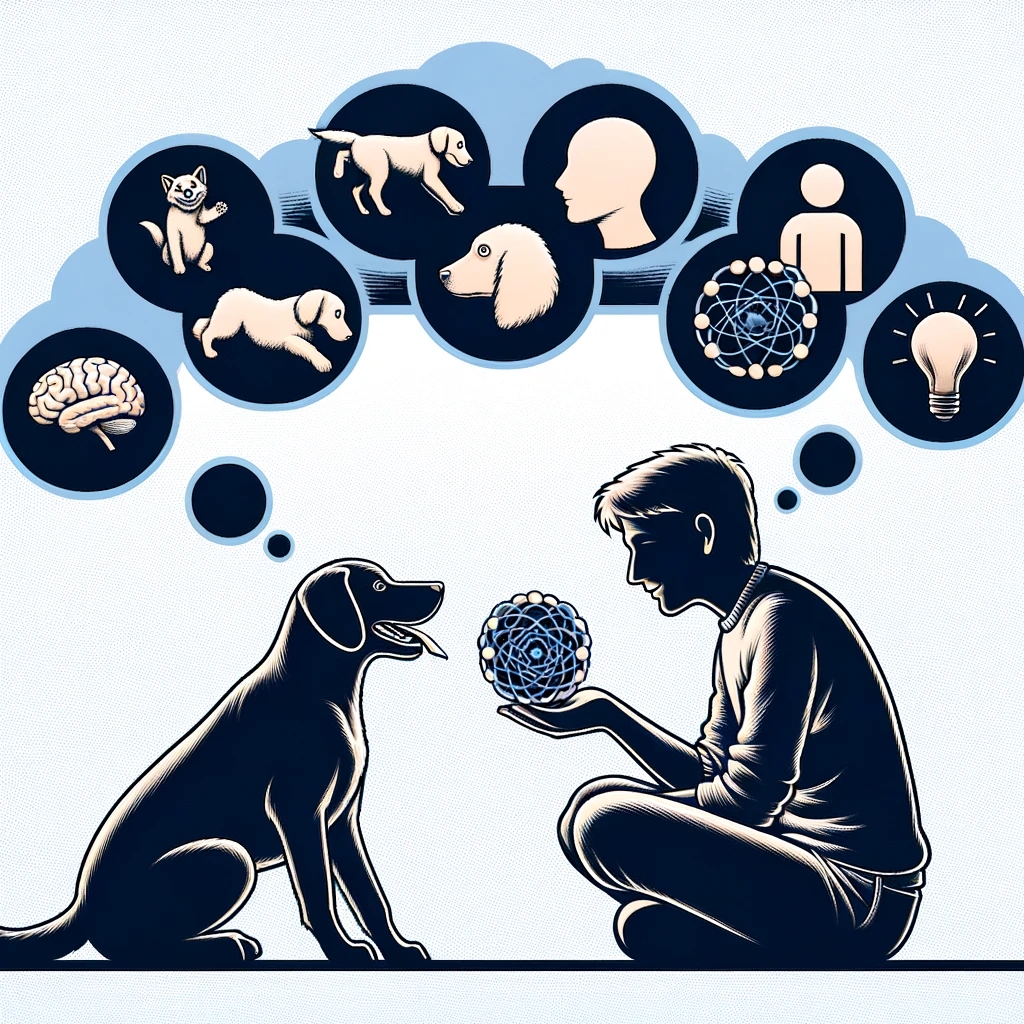A short article about hip dysplasia. Most dogs are prone to get hip dysplasia, especially puppies. Like most things, we don’t compare diet to breed age and size. Two proven ways to push back hip on set of hip dysplasia

A few years back, while my niece and her family were visiting, I decided to take my niece and nephew out for some ice cream.
As the two children were getting into it in the back seat… Valerie who was five, shouted, “I call the left side!”
Nicky, who was just four, wasn’t having it.
“No, I want the left side!”, he shouted back.
“Hey, I want the left side!”
“No, I want the left side!”
I could see where this was going.
So I said, “Hey guys. Since Valerie has asked first, let’s let her have the left side. Ok?”
“Thanks, Aunty Em!” said Valerie, “Which side is left?”
Little kids love to argue. Even when they don’t have a clue about the subject they’re arguing over. The comparison continues on to pets as well.
And so it goes with some dog parents, too.
I see this all the time.
Especially whenever they really debate the causes of a crippling and permanent form of joint disease wildly known among pet owners and Veterinarians as canine hip dysplasia (CHD).
Unfortunately…
Many well-meaning dog parents mistakenly believe CHD is caused by too much protein in a dog’s diet.
Which is not true.
Dog Advisory
In fact…
There are 3 proven causes of hip dysplasia in dogs.
And the number one factor (by far) is your dog’s genetics.
Certainly, there’s nothing you can do about that. You can’t change your dog’s genes. You know?
I’ll share 2 things you CAN DO right now to address the other 2 causes of CHD and significantly lower your dog’s risk.
Which breeds are the ones most likely to develop hip dysplasia?
According to data collected by the Orthopedic Foundation for Animals, hip dysplasia can affect just about ANY breed.
But it’s WAY more common in larger breeds. Especially PUPPIES.
Many larger breeds can still be considered puppies at two years old. So it’s important to follow the feeding tips below until you’re sure your dog has reached adulthood.
There are two things you CAN DO to help lower your dog’s risk of developing this painful condition.
First…
Don’t overfeed your puppy. Too many calories in the diet of a growing large breed puppy has been shown to substantially increase the risk of hip disease.
And…
Be sure to feed a food that contains a safe amount of calcium.
Dog Advisory
That’s because too much calcium in the diet of a large breed puppy can cause a crippling and permanent form of hip dysplasia.
To get the proper information about the best foods and recalls on dog food check out Dog Advisory
Chief Editor of Dog Food Advisor

Leave a comment